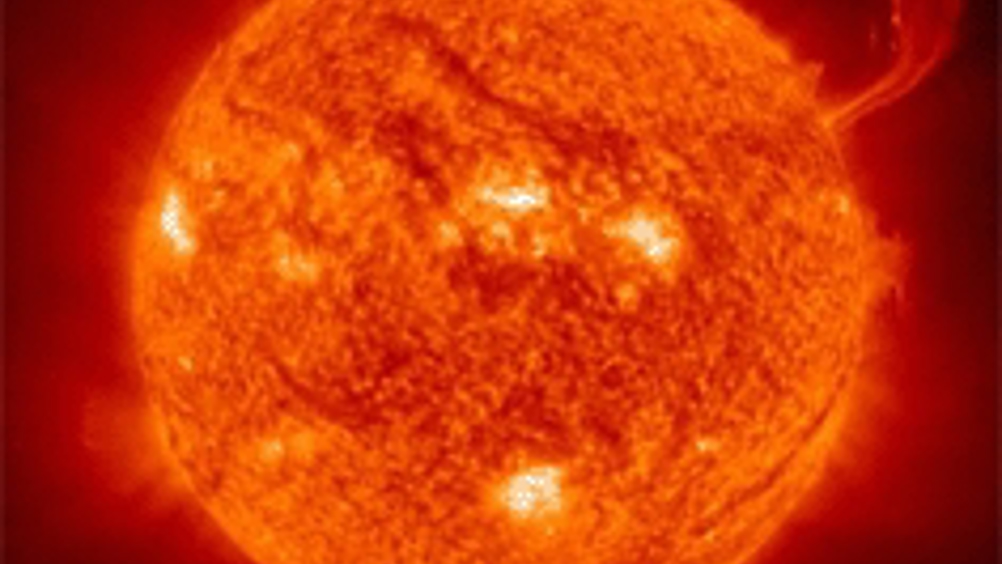Method uses sun's energy to create clean hydrogen source
Australian researchers are developing a method to create a truly clean and portable source of hydrogen for cars and fuel cells using energy from the sun.

The technology will rely on nanoparticles that, under certain conditions, can use solar energy to catalyse the conversion of water to hydrogen — in a process known as photo-initiated catalysis.
While the technology for utilising hydrogen in cars and fuel cells is quite mature, a means of obtaining hydrogen cleanly and cheaply is still a major sticking point in terms of widespread adoption of a hydrogen economy.
‘Splitting water to make hydrogen and oxygen requires a lot of energy and is an expensive process,’ said project lead Prof Greg Metha of Adelaide University.
‘We will be using solar radiation as the energy source, so there will be no carbon emissions; because the clusters work so efficiently as a catalyst, it will be a much better process.’
A research group headed by Metha has been working for 14 years developing bi-metallic and metal-carbide clusters using a technique known as double-laser ablation. The result is tailored nanoparticles less than 10 atoms in size that act as ‘super-efficient catalysts’, according to the group.
Register now to continue reading
Thanks for visiting The Engineer. You’ve now reached your monthly limit of news stories. Register for free to unlock unlimited access to all of our news coverage, as well as premium content including opinion, in-depth features and special reports.
Benefits of registering
-
In-depth insights and coverage of key emerging trends
-
Unrestricted access to special reports throughout the year
-
Daily technology news delivered straight to your inbox










Water Sector Talent Exodus Could Cripple The Sector
Maybe if things are essential for the running of a country and we want to pay a fair price we should be running these utilities on a not for profit...